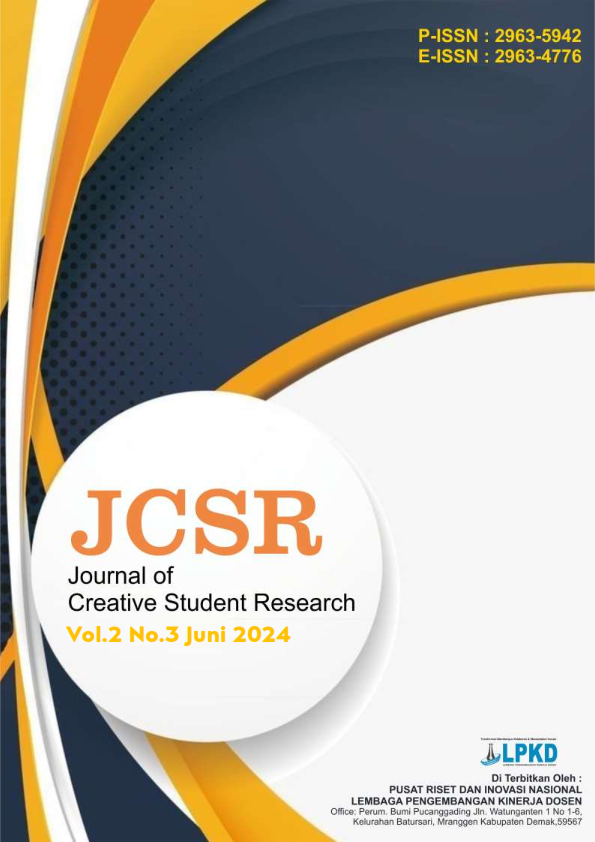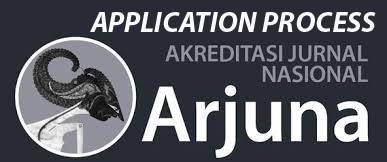Pembuatan Soft Cookies dengan Penambahan Puree Mbothe (Xanthosoma sagittifolium L)
DOI:
https://doi.org/10.55606/jcsr-politama.v2i3.3796Keywords:
soft cookies, mbothe, pureeAbstract
Soft cookies with the addition of mbothe puree are cookies made from flour, eggs, powdered sugar, butter, and mbothe puree. This experiment aims to determine; 1) the results of sensory tests which include shape, color, aroma, taste, and texture; 2) the nutritional value contained, including carbohydrates, fat, protein, fiber and calcium; 3) the selling price of soft cookies with the addition of mbothe puree. This experimental study used a group randomized design with three treatments. From this experiment, researchers can control all external variables that affect the experimental process, data collection is carried out by observation through organoleptic tests including color, shape, aroma, texture, and taste. Data collection was carried out by 30 semi-trained panelists. The data analysis technique used anava, the results showed; 1) there is an effect of adding mbothe puree on taste, aroma and texture and no effect on color; 2) the best product is produced from the addition of 10% mbothe puree and its nutritional content includes 74.15% carbohydrates, 5.67% fat, 13.67% protein, 4.11% fiber and 63.80mg/100g calcium; 3) the selling price of soft cookies with the addition of mbothe puree is Rp. 20,962/100 grams.
Downloads
References
Amadea, A. (2020). 5 tips membuat soft cookies yang chewy untuk camilan lebaran. Retrieved from https://kumparan.com/kumparanfood/5-tips-membuat-soft-cookies-yang-chewy-untuk-camilan-lebaran-1tQoSbt2hvI/full
Cahya, H. N. (2014). Budidaya & cara olah talas untuk makanan dan obat (Edisi: Cetakan I). Bantul, Yogyakarta: Pustaka Baru Press.
Eddy, N. O., Essien, E., Ebenso, E. E., & Ukpe, R. A. (2012). Industrial potential of two varieties of cocoyam in bread making. E-Journal of Chemistry, 9(1), 451–464.
Gisslen, W. (2013). All access pack for professional baking 6th edition set. John Wiley & Sons.
Idrial. (2014). BKPM teknologi roti dan kue II. Politeknik Negeri Jember.
Jagat, A. N., Pramono, Y. B., & Nurwantoro, N. (2017). Pengkayaan serat pada pembuatan biskuit dengan substitusi tepung ubi jalar kuning (Ipomea batatas L.). Jurnal Aplikasi Teknologi Pangan, 6(2).
Mamentu, A. K., Nurali, E., Langi, T., & Koapaha, T. (2013). Analisis mutu sensoris, fisik dan kimia biskuit balita yang dibuat dari campuran tepung MOCAF (Modified Casavva Flour) dan wortel (Daucus carota). COCOS, 2(4).
Muthiahwari, F., & Manalu, M. B. F. (2020). Pemanfaatan tepung talas Belitung (Xanthosoma safittifolium) pada produk cookies Bong Li Piang sebagai alternatif oleh-oleh Bangka Belitung. J. Culinaria, 2(2), 1–17.
Mutmainna, N. (2013). Aneka kue kering paling top. Jakarta: Dunia Kreasi.
Purnamasari, P., & Astuti, S. (2022). Pengaruh penambahan puree labu kuning (Cucurbita moschata Duch) terhadap sifat sensori dan physicochemical properties of cookies based on puree labu kuning dapat meningkatk. Jurnal, 1(2), 187–197.
Rukmana, R., & Yudirachman, H. (2016). Untung berlipat dari budidaya kelapa. Penerbit Andi, Yogyakarta.
Suarsana, N. (2007). Pengendalian biaya departemen F&B di perhotelan. Yogyakarta: Graha Ilmu.
Suminarti, N. E. (2011). Teknik budidaya tanaman talas (Colocasia esculenta (L) Schott var. In Antiquorum pada kondisi kering dan basah (Disertasi).
Supriyanto, S. (2019). Pengeluaran untuk konsumsi penduduk Indonesia. Susenas Maret.
Wiwik, L., & Dhyka, B. P. (2017). Akuntansi biaya dalam perspektif manajerial. Depok: Rajawali Pers.
Downloads
Published
How to Cite
Issue
Section
License
Copyright (c) 2024 Journal of Creative Student Research

This work is licensed under a Creative Commons Attribution-ShareAlike 4.0 International License.








